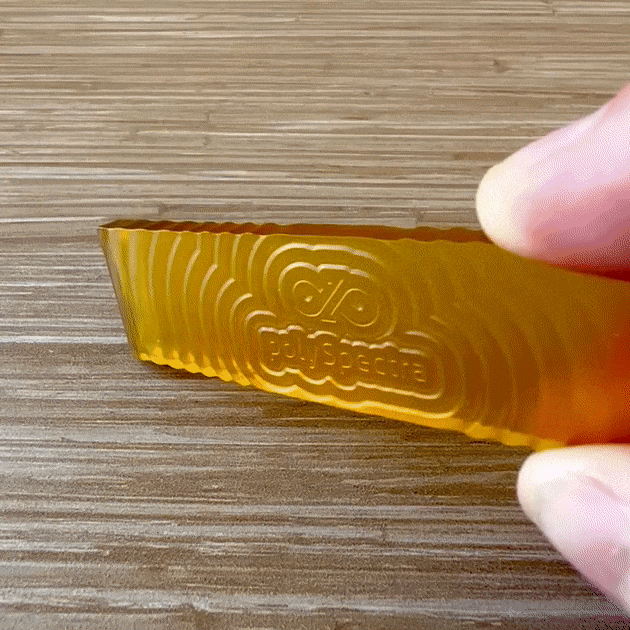Introduction
In the field of materials science, particularly when discussing polymeric materials, understanding the mechanical properties of polymers is crucial for determining their suitability for various applications. Among these properties, tensile strength and impact strength are two key factors that are often evaluated to predict how a material will perform under different conditions. This report aims to dissect and compare these two mechanical properties, providing insights into their definitions, testing methods, and significance in the context of polymeric materials.
Tensile Strength
Tensile strength is a fundamental mechanical property that refers to the maximum stress that a material can withstand while being stretched or pulled before failing or breaking. It is a measure of a material’s resistance to tension and is quantified by the force per unit area (stress) at the point of fracture (Eltek Labs). In the case of polymers, tensile strength is an essential property, especially for applications where the material is expected to endure stretching forces. For example, fibers used in textiles or ropes must exhibit high tensile strength to perform effectively under load (LibreTexts).
The standard method for evaluating the tensile strength of polymeric materials is outlined in UL 746A, which provides a framework for short-term property evaluations (Eltek Labs). The tensile strength is typically expressed in Pascals (Pa) or pounds per square inch (psi), with a conversion factor of 1 MPa being equivalent to approximately 145 psi. During tensile testing, a sample is subjected to a controlled and increasing tensile force until it breaks, and the stress-strain curve obtained from this test provides valuable data on the material’s behavior under tension.
Impact Strength
Impact strength, on the other hand, is a measure of a material’s ability to resist sudden and forceful impacts. It is an indicator of how much energy a polymeric material can absorb before it fractures. Unlike tensile strength, which is concerned with static or slowly applied forces, impact strength is about the material’s performance under dynamic loading conditions. This property is particularly important for materials that are expected to withstand blows or collisions, such as automotive parts, helmets, or protective gear.
Impact strength is commonly measured using tests such as the Charpy or Izod impact tests, where a notched sample is struck by a pendulum and the energy absorbed by the sample is measured (Eltek Labs). The results are usually reported in energy per unit area terms, such as Joules per square meter (J/m²) or foot-pounds per square inch (ft-lb/in²), and provide insights into the material’s toughness—the combination of strength and ductility.
Comparison and Significance
The key distinction between tensile strength and impact strength lies in the type of force applied and the rate at which it is applied. Tensile strength is concerned with the material’s response to a uniaxial, static, or slowly applied force, while impact strength deals with the material’s ability to withstand fast and sudden forces. Moreover, tensile strength tests result in a stress-strain curve that can provide additional information such as the elastic modulus and elongation at break, whereas impact tests focus on the energy absorption capacity of the material.
The significance of these properties in application cannot be overstated. For instance, a material with high tensile strength but low impact strength may be suitable for applications such as load-bearing ropes or cables but would perform poorly in applications requiring resistance to sudden impacts, such as safety helmets. Conversely, a material with high impact strength but lower tensile strength might be ideal for protective equipment but not for structural components that are subjected to constant tension.
Conclusion
In summary, tensile strength and impact strength are two critical mechanical properties that serve different purposes in the evaluation of polymeric materials. Tensile strength provides a measure of a material’s resistance to being stretched or pulled apart, while impact strength indicates how well a material can resist sudden and forceful impacts. Understanding the differences and implications of these properties is essential for selecting the right polymer for a specific application, ensuring safety, performance, and durability.
Selecting the appropriate material with the right balance of tensile and impact strength is a crucial step in the design and manufacturing of polymeric products. Engineers and designers must consider the end-use conditions and the types of stresses the material will encounter to make informed decisions about material selection.
Cyclic Olefin Resins: High Impact and Tensile Strength
At polySpectra, we understand the importance of both tensile and impact strength in the realm of 3D printing. That’s why our Cyclic Olefin Resins (COR) are engineered to excel in both these areas. Whether you’re seeking the highest tensile strength to resist stretching forces, or the highest impact strength to withstand sudden and forceful impacts, COR has you covered.
Our range of COR products, including COR Alpha, COR Black, and COR Bio, all boast impressive tensile and impact strength. You can find detailed information about these properties in the Technical Data Sheets (TDS) for each product.
But don’t just take our word for it. We invite you to experience the strength of COR for yourself. Request a free bend bar and feel the difference that our high-strength resins can make in your 3D printing applications.
With polySpectra’s COR resins, you’re not just choosing a 3D printing material. You’re choosing the strongest resin for 3D printing, designed to meet the most demanding industrial requirements.
References
Eltek Labs. (n.d.). Physical Properties. Retrieved from @EltekLabs
LibreTexts. (n.d.). Polymer Chemistry: Mechanical Properties. Retrieved from @LibreTexts1
LibreTexts. (n.d.). Properties of Polymers. Retrieved from @LibreTexts2
Nature. (2021). Material properties and applications of mechanically interlocked polymers. Retrieved from @Nature
Engineering Toolbox. (n.d.). Polymers - Physical Properties. Retrieved from @EngineeringToolbox
*Note: All URLs were accessed on November 21, 2023.

